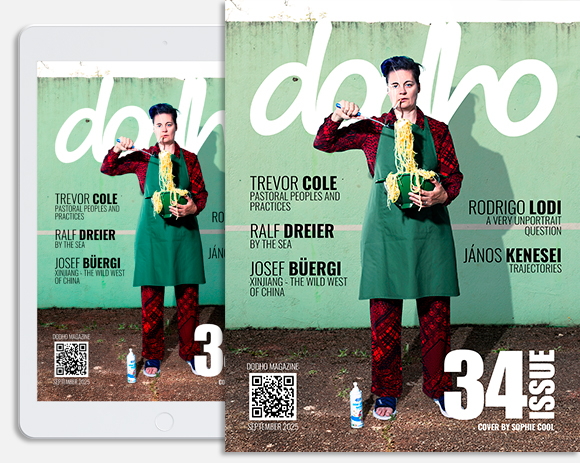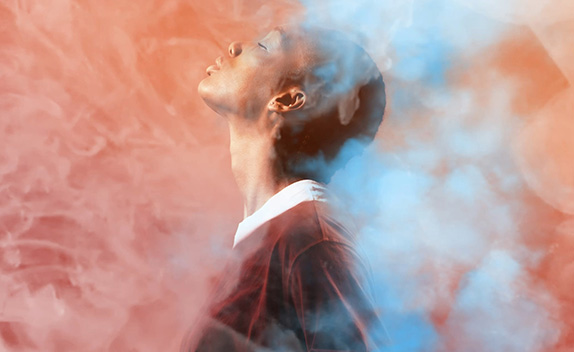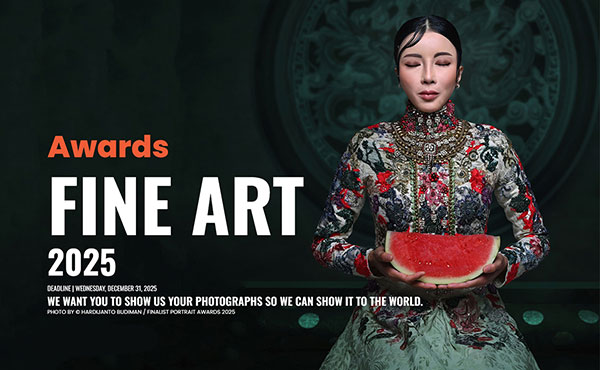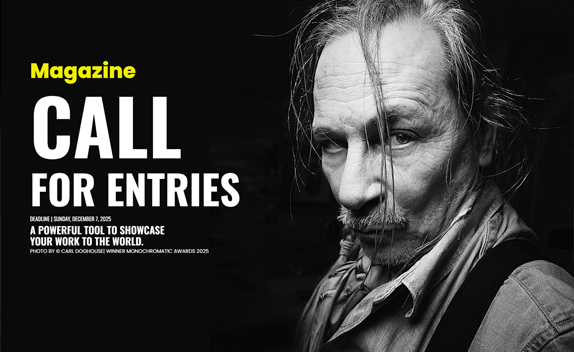In the land of my forefathers, I explore key sites related to speleology, searching for what Mircea Eliade describes as a religious experience of autochthony.
This sense of divine intuition allows one to feel part of something that stretches across time and space—something that transcends both scientific knowledge and theology, and deepens the bond with one’s native land and with Mother Earth.
While focusing on analogies between the human psyche and geological matter, I find solace in understanding the chimeras that appear in our dreams, revealed through the cartography of the caves. The pathways they show us help us understand and connect to our deep psychic life, to our deepest traumas and fears.
My journey starts at the Artificial Caves of Casal do Pardo, carved in the Late Neolithic—spaces for collective burial shaped by human hands, where the dead were believed to exert an influence on the misfortunes of life. These tombs evoke a subterranean cosmology, where the underworld and ancestral memory converge. Light initiates the process of remembering. Objects, signs and constellations of diffuse thoughts lead you to metempsychosis.
Following a strategy of time travel, I continue my journey into the labyrinths of the past. In the Buracas do Casmilo, created during the Last Glacial Period through frost-wedging and other processes, I imagine shelters once used by herders of goats and sheep. The wind carries legends of buried Moorish gold, whispering through the mountain cavities—landscape and myth share a long-lasting dialogue. A sublime aspect of form and void fructifies the devotion to the inner world.
As I move through these geological layers, I arrive at the Caves of Mira de Aire, formed in the Middle Jurassic. Here, beautiful lagoons, sculpted by water through limestone dissolution, shimmer like portals to another world. I like to believe that many rituals took place here—intimations of sacred communion in the depths of the Earth.
A feeling of fascination and fear runs through my body as I explore these sacred spaces—a primitive urge for mystical participation. Geological formations appear not only as tombs, shelters or natural treasures but also as metaphors for the configuration of the unconscious. In these depths, I seek the traces of my past lives and the psychic landscapes they inhabit.
About Artur Leão
Artur Leão, born in 1997, is a visual artist based in Porto. He began working as a designer for Scopio Editions, where he developed a particular attention to the art of visual storytelling and bookmaking. Since then, his focus has been on developing photographic projects that reveal his inner process of imaginative transmutation while exploring archaeological sites, pristine landscapes, and people connected to the rural world in his ancestral land. In his work, connections between poetry, mythology, and religion emerge through a gaze that reflects the language of nature in its incomprehensible complexity and reconditeness. He consistently captures scenarios where he perceives potential for channeling a mystical dimension onto the surface of the image. [Official Website]
























